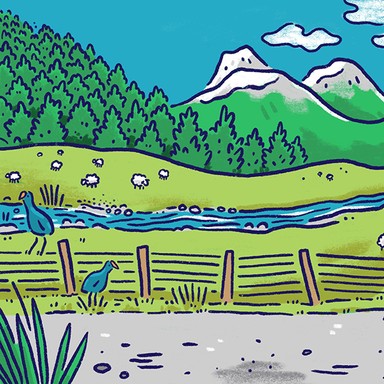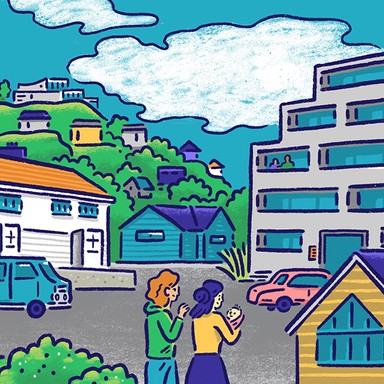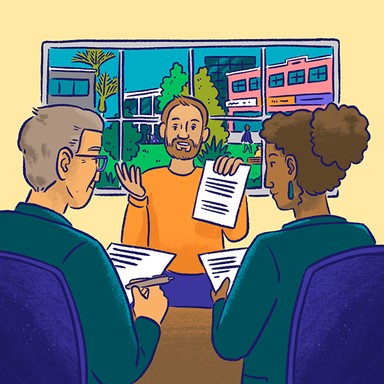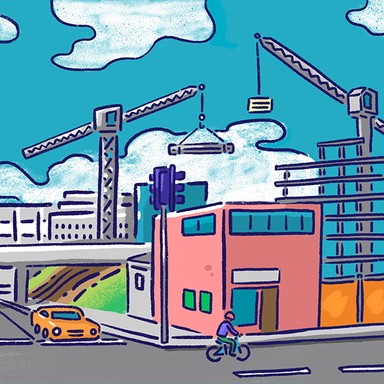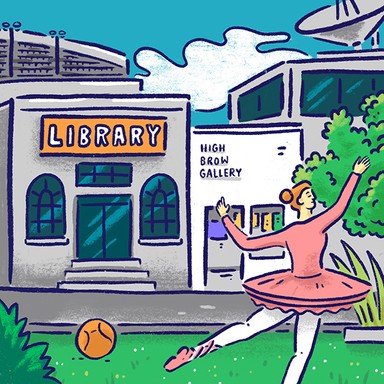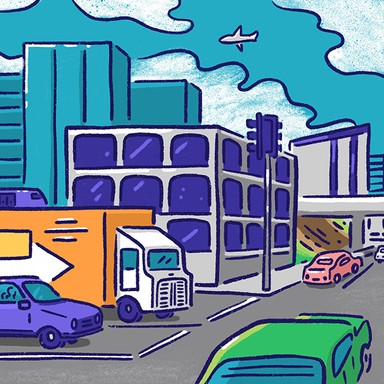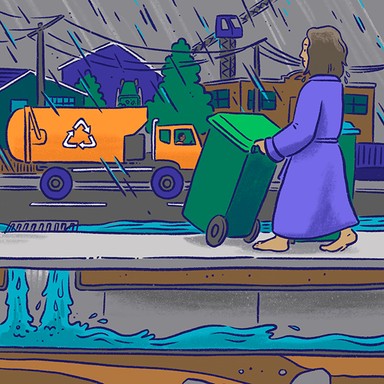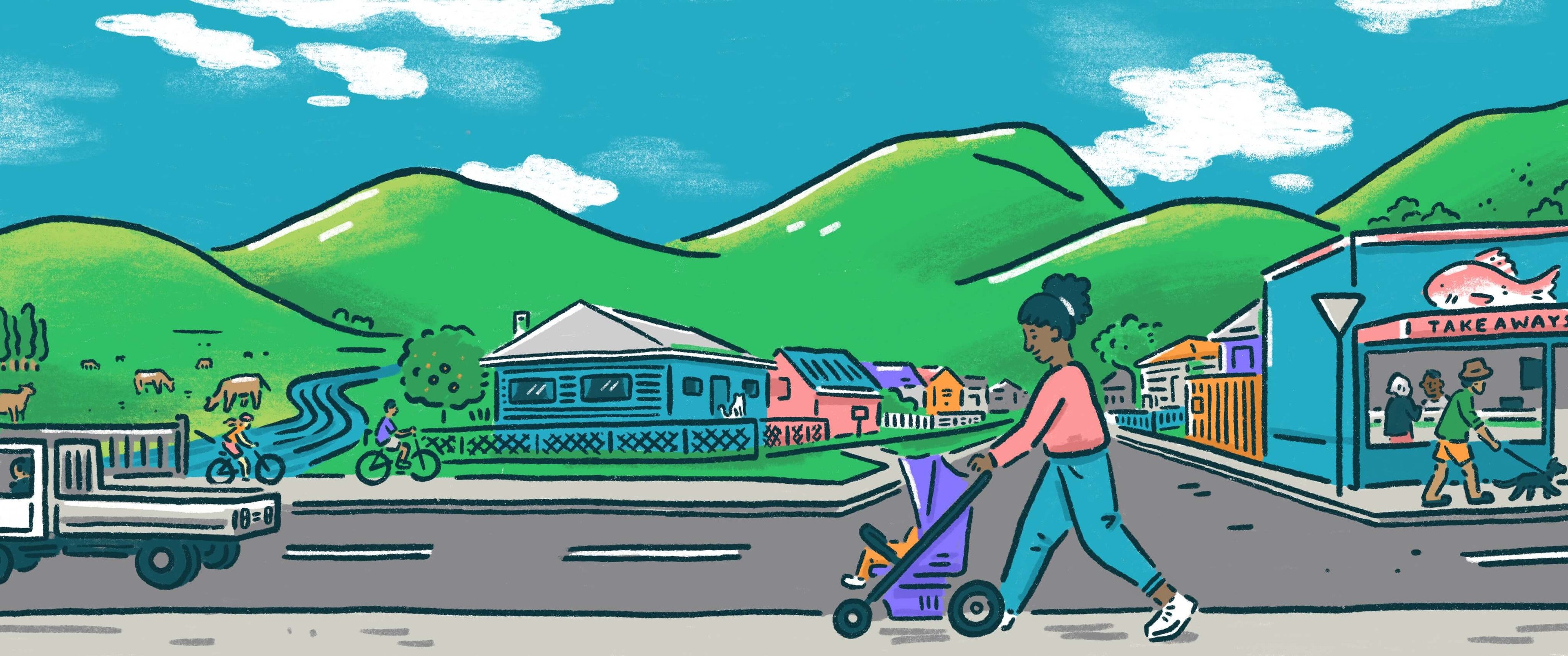
Selwyn District Council
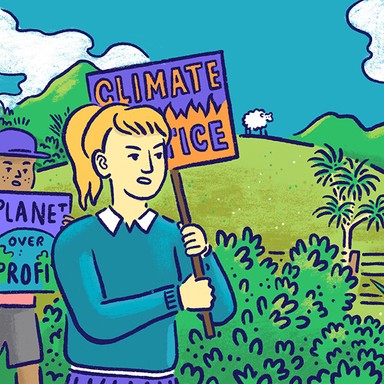
Climate change and resilience
Climate change poses a huge challenge for communities as more frequent extreme weather events require us to rethink how we live and where. Local authorities are at the forefront of efforts to respond, with responsibilities for environmental planning and regulation, as well as civil defence. Many councils have plans to reduce emissions in their area and are working to help their communities adapt to a warming world.

Climate change and resilience
Climate change poses a huge challenge for communities as more frequent extreme weather events require us to rethink how we live and where. Local authorities are at the forefront of efforts to respond, with responsibilities for environmental planning and regulation, as well as civil defence. Many councils have plans to reduce emissions in their area and are working to help their communities adapt to a warming world.
Ensure council continues to monitor and reduce its carbon footprint where possible.
Ensure mode shift is a considered for transportation projects.
Commit to looking climate adaptation measures required for the district's ongoing resilience.
Adapt to climate change to protect our communities for the future.
Reduce pollution of the environment.
Make locally-relevant decisions that enable people to reduce fuel consumption and save money, as well as improving community resilience.
Advocate to central government for stronger climate targets, and an adaptive roadmap to achieve success. Ensure that action is not optional.
Continue supporting and resourcing our amazing civil defence team and volunteers. Make their job simpler by enabling retreat from at-risk areas.
Make homes more energy efficient, especially being the fastest growing district.
Discourage petrol running lawn and garden equipment.
Promote low carbon emission transport options.
Support the community with the effects that climate change is having on the local environment and infrastructure.
Review the action plans for the Civil Defence sector for the Selwyn area in case of a natural emergency.
Reduce the carbon footprint by providing alternatives options. Review bicycle routes, public transport and pedestrian access.
Ensure council continues to monitor and reduce its carbon footprint where possible.
Ensure mode shift is a considered for transportation projects.
Commit to looking climate adaptation measures required for the district's ongoing resilience.
Adapt to climate change to protect our communities for the future.
Reduce pollution of the environment.
Make locally-relevant decisions that enable people to reduce fuel consumption and save money, as well as improving community resilience.
Advocate to central government for stronger climate targets, and an adaptive roadmap to achieve success. Ensure that action is not optional.
Continue supporting and resourcing our amazing civil defence team and volunteers. Make their job simpler by enabling retreat from at-risk areas.
Make homes more energy efficient, especially being the fastest growing district.
Discourage petrol running lawn and garden equipment.
Promote low carbon emission transport options.
Support the community with the effects that climate change is having on the local environment and infrastructure.
Review the action plans for the Civil Defence sector for the Selwyn area in case of a natural emergency.
Reduce the carbon footprint by providing alternatives options. Review bicycle routes, public transport and pedestrian access.
Mayor
Compare the mayoral candidates in your area
Local council
Compare the candidates for your city or district council
Regional council
Compare the candidates for your regional council
Local board
Compare the candidates for your local or community board
